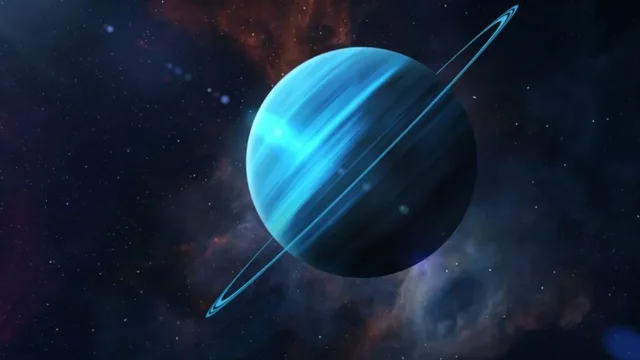
New, previously undiscovered details emerge about the planet Uranus!


A new study has hinted that Uranus may have formed in a completely different way than we may have read.
The beauty of not knowing everything about our solar system means we continue to learn new things about the universe we inhabit, including the latest discoveries scientists have made about the icy giant.
Uranus, the second-farthest planet from the Sun (not including Pluto), is one of the least-studied planets in our solar system, with only one unmanned spacecraft – known as Voyager 2 – having monitored the planet until now. While Uranus and Neptune are often called the two ice giants of our galaxy, recent studies show that they may not be made of the components we first thought they were.
When looking at the creation of Uranus, astronomers found that its origin in the Kuiper belt would make for an unsuitable planet with ice and water, two things that Uranus has plenty of. So those astronomers recently created thousands of models recreating Uranus in an effort to learn more about how the planet exists despite this paradox. What they learned is that it's likely an abundance of methane that allows the planet to be as ice-rich as it is. However, it is believed that methane may be even more abundant than water inside the gas planet. The astronomers' work on the subject explains why they believe methane may be responsible for Uranus' unique composition.
The reason this was somewhat hard to believe at first is because methane is relatively rare in our modern solar system, meaning it was unlikely to be that abundant within the ice giants of our galaxy. However, it is believed that methane may make up 10 percent of Uranus' interior, with other models suggesting it could be 20 percent or more if the planet contains rocky material within it as well.
Happening now...

Karmën nuk e ndalon dot Sali Berisha!
ideas

First Secretary of the Democratic Party

"Topple" Edi Rama by lying to yourself...

top
Alfa recipes
TRENDING 
services
- POLICE129
- STREET POLICE126
- AMBULANCE112
- FIREFIGHTER128

























